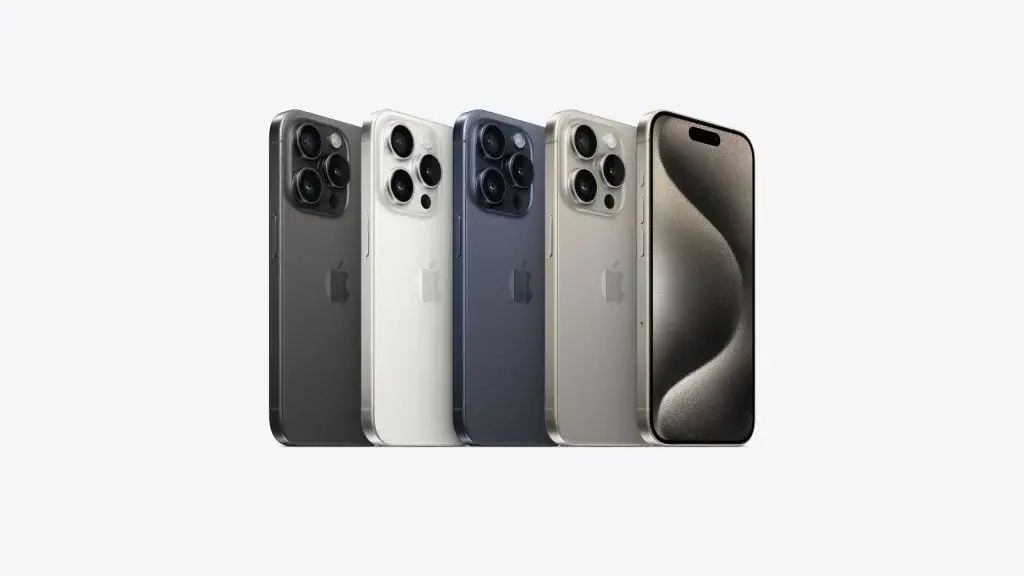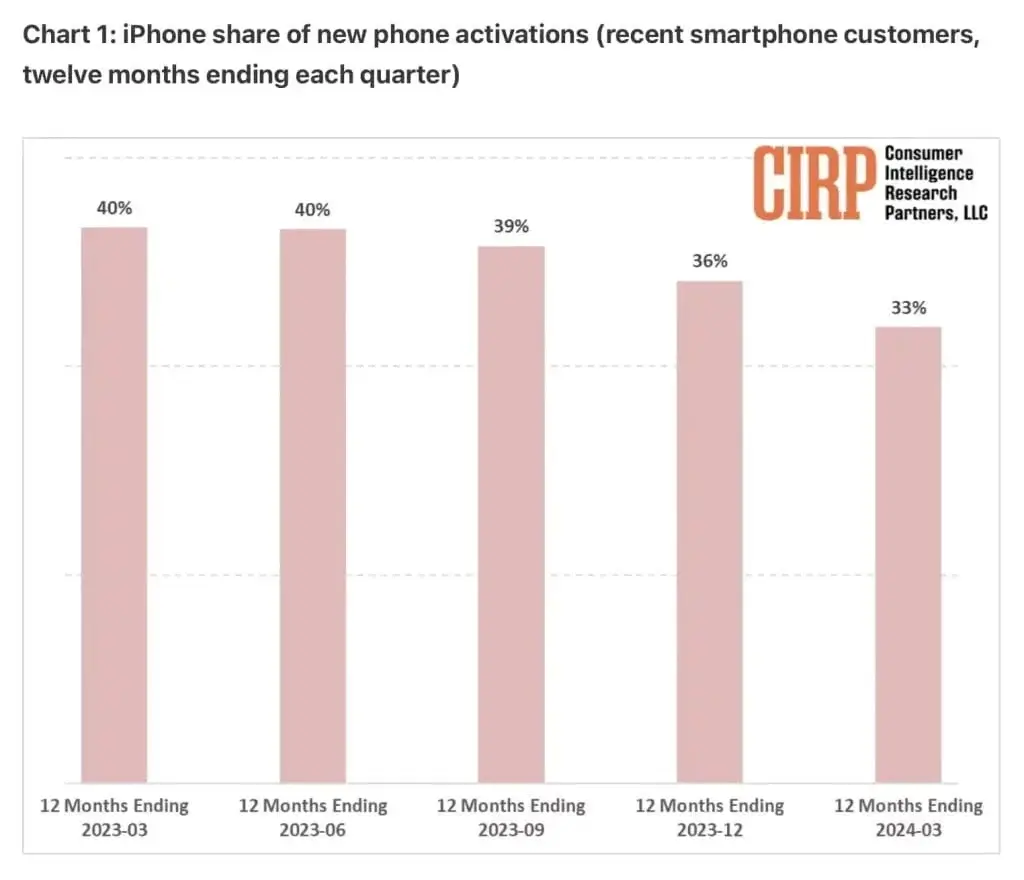Canalys’ recent smartphone shipment report for Q3 2024 reveals that the Honor X50 has surpassed Apple’s premium iPhone 16 Pro Max in sales within mainland China. The Honor X50 achieved a 2.8% market share, placing it in third position, while the iPhone 16 Pro Max managed to secure fifth place with a 2.1% share.
Price Difference Matters
The significant difference in pricing between these two smartphones likely contributed to this result. Currently, the iPhone 16 Pro Max is approximately seven times more expensive than the Honor X50 in China. The lower price point of the Honor X50 is probably a major factor driving its popularity among consumers.
With a price tag of around $200 in mainland China, the X50 boasts a Snapdragon 6 Gen 1 chip, up to 16GB of RAM, and offers 512GB of storage. It also features a 6.6-inch 120Hz 1.5K AMOLED screen on the front along with an in-display fingerprint scanner.
Competing with Other Brands
The Honor X50’s triumph didn’t solely come at the expense of the iPhone 16 Pro Max; it also outperformed other high-end rivals like the Redmi K70 Ultra (known as the Xiaomi 14T Pro worldwide), which finished in seventh place with a 2.3% market share.
While Huawei has been actively working to regain its market position in China, only one of its models, the Pura 70—a newly launched flagship—managed to make it into the top 10, ending up in sixth place.
The Market Landscape
Interestingly, the leading position was taken by Apple’s iPhone 15 Pro Max, which captured a 3% share of the market. The other positions in the top 10 list reflect a blend of affordability and brand preference. Vivo’s Y37 came in at tenth place, while Oppo’s A3x secured fourth place, both being budget-friendly choices. Notably, the iPhone 15 Pro and the standard iPhone 15 occupied the eighth and ninth spots respectively, with the iPhone 16 Pro completing the list in fifth position.








